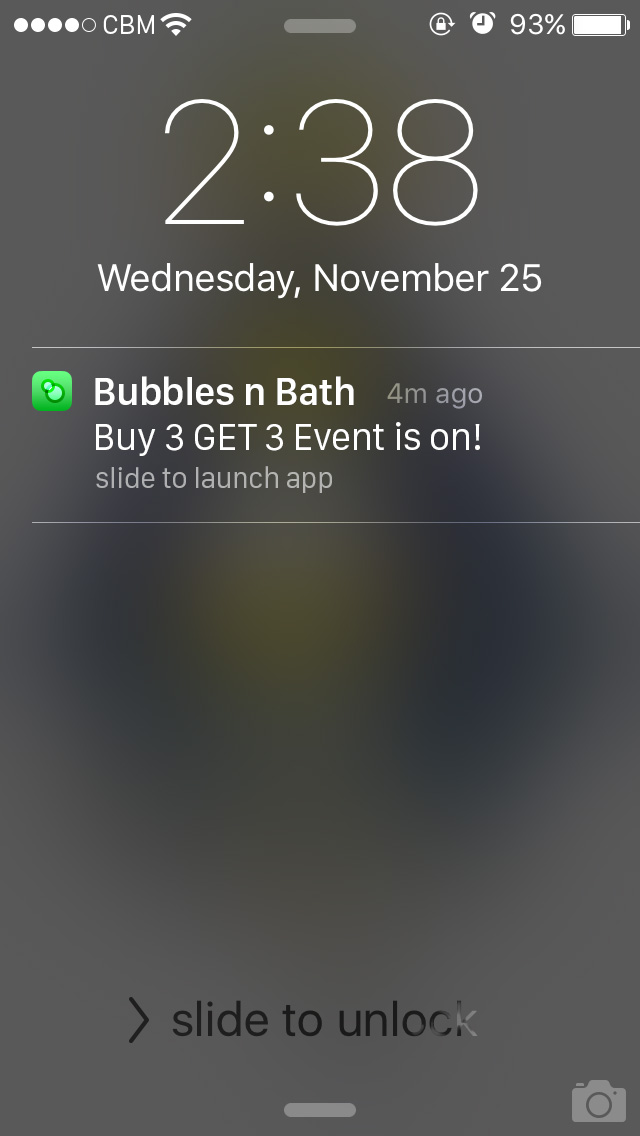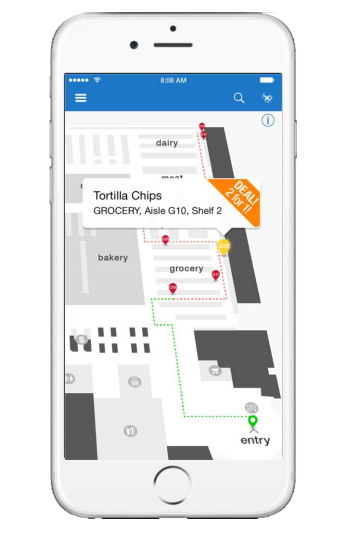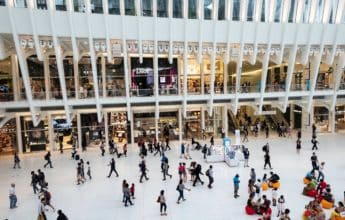Many argue that apps are unnecessary for retailers because customers simply don’t want them. The success of apps for large brands like Walmart, Kohl’s, Nordstrom, and Starbucks, as well as a myriad of retail app usage statistics, tell a different story:
- The typical app visitor spends 201.8 minutes a month in retail apps while the typical mobile site visitor spends only 10.9 minutes on the site.
- Mobile apps in the US account for 44% of the total digital time spent in the retail sector
- Retail apps capture 42% of mobile revenue for the top 500 retailers
- 40.4% of respondents who had downloaded a retailer-branded app said that as a result, they bought more of the brand’s products and services and 45.9% said the app caused them to visit the store more often (ABI Research)
- Apps now generate about half of all mobile sales for retailers who have made their app experience a priority
It’s not that customers don’t want apps; they just don’t want apps that don’t add any value.
With shoppers demanding a more personalized, seamless experience, and retailers trying to bridge the gap between mobile and in-store channels, mobile apps are well positioned to service these needs. Here’s why.
Speed & Performance Vs. Mobile Web
While mobile web is still the more popular choice, a survey conducted by RetailMeNot shows that many shoppers prefer mobile apps because they offer a better experience. Of the survey respondents who indicated they prefer using apps over the mobile web, the main reasons listed were:
- It’s more convenient (63%)
- It’s faster (57%)
- User settings are stored (40%)
- Benefits/rewards for using the app (31%)
A similar study also indicated that experience was a big factor, with 54% of shoppers stating they downloaded a mobile app because the experience is superior to mobile web.
Push Notifications
Push notifications allow retailers to send specific marketing messages to shoppers and measure the effectiveness of campaigns. With apps as opposed to other media, there is the added advantage of making this messaging highly personalized based on user behavior, purchase history, and user profile.

Additionally, location-based techniques can be used for hyper-relevant, proximity marketing campaigns that can prompt users to enter stores when they are closeby; push specific offers based on location in-store, and upsell via contextually relevant, strategically timed offers.
Another important function of push messaging is customer re-engagement. Incentives can be targeted at users who haven’t engaged with your app in order to encourage them to make purchases or complete another desired action (depending on campaign goals).
Loyalty
Loyalty programs have long been an important part of encouraging repeat purchases and driving engagement for retailers and providing shoppers with the incentives they have come to expect for being a loyal customer. Mobile apps are allowing retailers to improve their loyalty programs for customers and better measure performance.
With apps, retailers can discern which customers are the most loyal. They can also push targeted offers and promotions that are exclusive to app users, and even tier offers based on how loyal the customer is to the brand.
Using location-based technology like beacons can further personalize loyalty programs for app users. In-store promotions and location-specific loyalty perks can help drive conversions in-store, increase basket size, and increase average spend per visit; in fact, research conducted by Poq shows that customers are twice as likely to make additional in-app purchases if it offers an integrated shopping app/loyalty scheme.
In-Store Considerations
90% of business in retail is still derived from in-store customers, and mobile apps are helping to enhance the in-store experience and drive in-store conversions.

Via Point Inside
The opportunities for impacting in-store behavior with mobile apps is just beginning to be tapped into. Already, shoppers are using apps to redeem in-store coupons; collect mobile only offers and incentives; research product information; and find products in-store. And there are a myriad of other potential applications, including:
- Contextual, store-specific recommendations and upsells
- Personalized deals
- Advertising and marketing
- M-commerce (in-store purchases)
Apps are helping retailers accomplish of a number of key in-store goals, including increasing operational efficiencies; empowering sales associates; enhancing the customer experience by providing a self-service advisor model, and eliminating common friction points in the path to purchase. This ultimately serves to improve the experience for shoppers, and reduce operational costs and drive more revenue in-store for retailers.
Inventory Checking/Barcode Scanning
This feature is highly useful to shoppers because it makes the experience easier at multiple points in the customer journey. Shoppers using the app outside of your store can use this feature to check if the item is available, and at which locations.
When in-store, they can use barcode scanning to check if the item is available in other variations (size, color, etc.). If the item they are looking for is out of stock, they can order it straight from their app. And this feature is proving highly valuable to retailers – shoppers using this feature while in-store are nearly three times more likely to make a purchase than those who don’t.
Adding Value Is The Key
Retail app success depends on a number of variables, but at its core is providing a product that adds value. Customers want an app that will enhance their shopping experience, add convenience, and reward them for their loyalty to your brand. Retailers desire the data they can collect to better know customers, the revenue apps can drive, and the increased efficiencies at the in-store level. With the right strategy, retail apps can add value for both shoppers and retailers.




